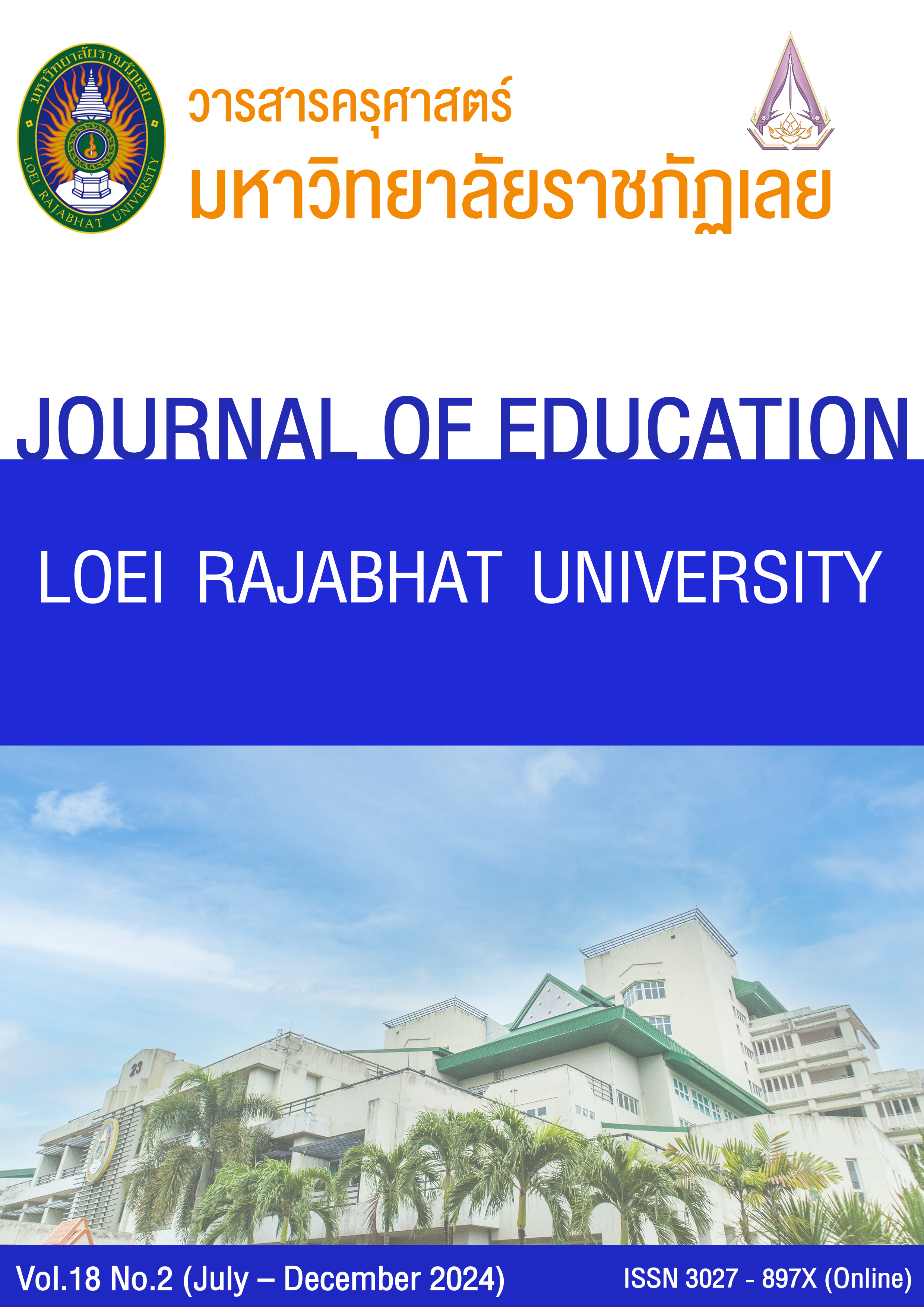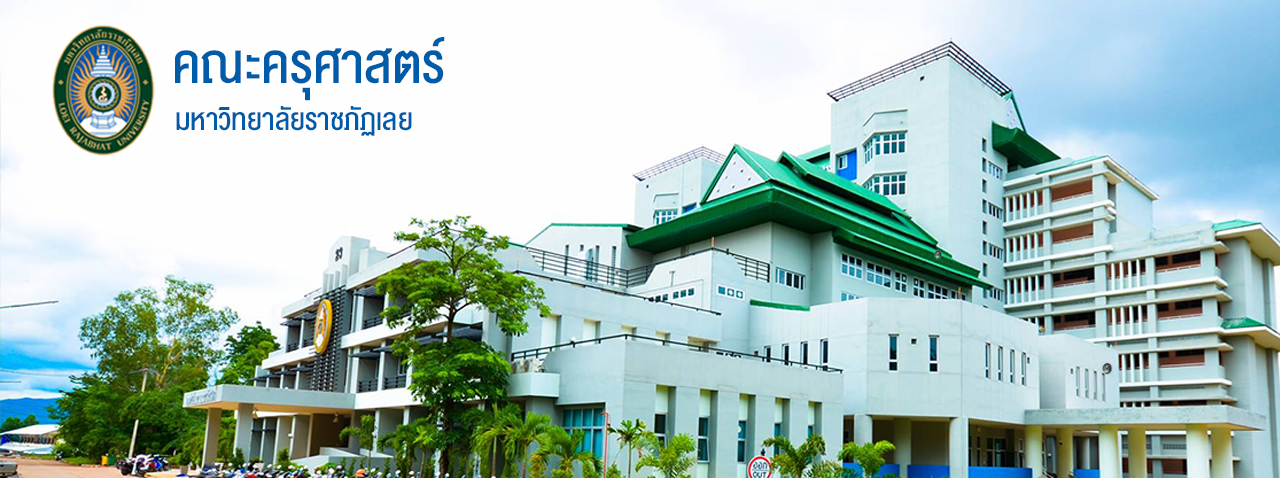Developing Higher-Order Thinking Skills: The Gateway to Excellence for Elementary School Students
Keywords:
Higher-order thinking, elementary school context, stakeholder roles, BETHINK processAbstract
This article aims to study the development of higher-level thinking skills for elementary school students. The results of the study are presented in the form of a 7-step teaching and learning framework as follows: 1) Brainstorming process It encourages students to express their opinions and exchange views freely. 2) Participation stage or allowing students to practice on their own. 3) Theorizing stage. To explain a phenomenon or situation. 4) Hypotheses that can be tested. 5) Data search, experimentation, data collection using various methods, 6) Systematic data recording, and 7) Results summarizing. data analysis Confirming or rejecting a hypothesis and following up on learning evaluations This process leads to the development of various skills of students
References
กระทรวงศึกษาธิการ. (2551). แนวทางการจัดประสบการณ์การเรียนรู้ตามหลักสูตรการศึกษาปฐมวัย พุทธศักราช 2546.
ชุมนุมสหกรณ์การเกษตรแห่งประเทศไทย.
กระทรวงศึกษาธิการ. (2551). หลักสูตรแกนกลางการศึกษาขั้นพื้นฐาน พุทธศักราช 2551. สืบค้นเมื่อ 27 ธันวาคม 2567
จาก http://academic.obec.go.th/node/43
ณรงค์ศักดิ์ หนูณรงค์. (2559). บทบาทของผู้ปกครองในการส่งเสริมการคิดขั้นสูงของนักเรียน. วารสารศึกษาศาสตร์, 27(2),
-31.
ดนุวัศ วิเศษสิงห์โต. (2561). การพัฒนาโรงเรียนเพื่อยกระดับผลสัมฤทธิ์ทางการเรียน. วารสารวิชาการ, 21(1), 44-54.
ดวงกมล สินธุพงษ์. (2561). เทคนิคการจัดการเรียนรู้เพื่อพัฒนาทักษะการคิดขั้นสูง. ภาพพิมพ์.
ทิศนา แขมมณี. (2560). ศาสตร์การสอน: องค์ความรู้เพื่อการจัดกระบวนการเรียนรู้ที่มีประสิทธิภาพ. จุฬาลงกรณ์
มหาวิทยาลัย.
บุญชม ศรีสะอาด. (2546). การวิจัยเบื้องต้น. สุวีริยาสาส์น.
เยาวลักษณ์ อภิวันทนานนท์. (2559). กิจกรรมการเรียนรู้เพื่อพัฒนาการคิดขั้นสูง. ดอกหญ้าวิชาการ.
รัตนา ดวงแก้ว. (2558). การบริหารการจัดการเรียนรู้ของผู้บริหารสถานศึกษาสู่การพัฒนาทักษะการคิดขั้นสูงของผู้เรียน.
[วิทยานิพนธ์ปริญญามหาบัณฑิต]. มหาวิทยาลัยขอนแก่น.
วรลักษณ์ ชูกำเนิด. (2558). การพัฒนาการคิดขั้นสูงของนักเรียน.[สารนิพนธ์ปริญญามหาบัณฑิต].จุฬาลงกรณ์มหาวิทยาลัย.
วัฒนาพร ระงับทุกข์. (2545). การจัดการเรียนการสอนที่เน้นผู้เรียนเป็นสำคัญ. พิมพ์ดี.
วิชัย วงษ์ใหญ่. (2554). กลยุทธ์การบริหารสถานศึกษายุคใหม่. ไอเอ็ดสเตชั่น.
ศิริชัย กาญจนวาสี. (2552). ทฤษฎีการประเมินผลการเรียนรู้. จุฬาลงกรณ์มหาวิทยาลัย.
สมศักดิ์ ภู่วิภาดาวรรธน์. (2544). หลักการสอนสำหรับพัฒนาการคิดขั้นสูง. ไทยวัฒนาพานิช.
สำนักงานคณะกรรมการการศึกษาขั้นพื้นฐาน. (2560). คู่มือการจัดการเรียนรู้เพื่อพัฒนาทักษะการคิดขั้นสูง.
โรงพิมพ์ชุมนุมสหกรณ์การเกษตรแห่งประเทศไทย.
สำนักงานคณะกรรมการการศึกษาขั้นพื้นฐาน. (2560). แนวทางการจัดสภาพแวดล้อมที่เอื้อต่อการเรียนรู้ระดับ
ประถมศึกษา. สืบค้นเมื่อ 27 ธันวาคม 2567จากhttps://www.doe.go.th/prd01/EnvironmentLearning
สำนักงานเลขาธิการสภาการศึกษา. (2560). แนวทางการพัฒนาการคิดขั้นสูงในการจัดการเรียนรู้.พริกหวานกราฟฟิค.
สุคนธ์ สินธพานนท์ และคณะ. (2558). การจัดการเรียนรู้เพื่อพัฒนาการคิดขั้นสูง. ภาพพิมพ์.
สุวิทย์ มูลคำ. (2554). กลยุทธ์การสอนคิดขั้นสูง. ดวงกมลสมัย.
Ananiadou, K. & Claro, M. (2009). 21st century skills and competences for new millennium learners in
OECD countries. OECD Education Working Papers no.41.https://doi.org/10.1787/218525261154
Bloom, B.S., Engelhart, M.D., Furst, E.J., Hill, W.H. and Krathwohl, D.R. (1956) Taxonomy of Educational
Objectives: The Classification of Educational Goals. Handbook 1: Cognitive Domain. David McKay.
Cotton, K. (1991). Teaching thinking skills. North-west Regional Educational Laboratory, School
Improvement Research Series, 11.
Lubinski, D., & Benbow, C. P. (2000). States of excellence. American Psychologist,55(1), 137- 150.
https://doi.org/10.1037/0003-066X.55.1.137
Miri, B., David, B. C., & Uri, Z. (2007). Purposely teaching for the promotion of higher-order thinking
skills: A case of critical thinking. Research in science education, 37(4), 353-369.
https://doi.org/10.1007/s11165-006-9029-2
Piaget, J. (1972). Intellectual evolution from adolescence to adulthood. Human Development, 15(1), 1-12.
http://dx.doi.org/10.1159/000271225
Zohar, A., & Dori, Y. J. (2003). Higher order thinking skills and low-achieving students: Are they mutually
exclusive?.The journal of the learning sciences, 12(2), 145-181.https://doi.org/10.1207/S15327809J
LS1202_1
Downloads
Published
How to Cite
Issue
Section
License
Copyright (c) 2024 Journal of Education, Loei Rajabhat University

This work is licensed under a Creative Commons Attribution-NonCommercial-NoDerivatives 4.0 International License.
เนื้อหาและข้อมูลในบทความที่ตีพิมพ์ในวารสารครุศาสตร์ มหาวิทยาลัยราชภัฏเลย ถือเป็นความคิดเห็นและความรับผิดชอบของผู้เขียนบทความโดยตรง กองบรรณาธิการวารสารไม่มีส่วนในความคิดเห็นและความรับผิดชอบใดที่เกี่ยวข้องกับบทความดังกล่าว ทั้งนี้ บทความที่ได้รับการตีพิมพ์ในวารสาร ฯ ถือเป็นลิขสิทธิ์ของวารสาร







